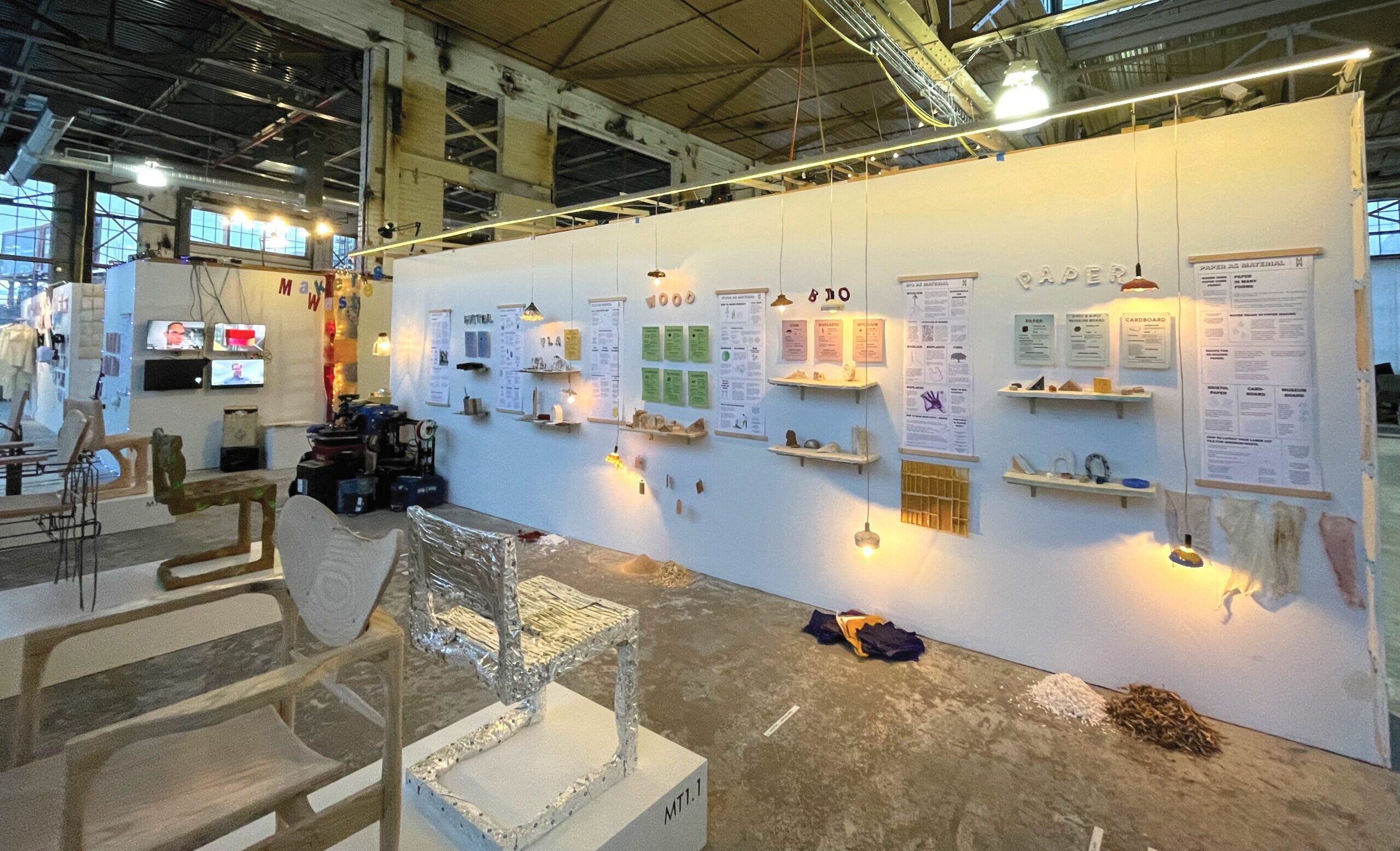Taubman College of Architecture and Urban Planning faculty were presented with three of the seven Architect Magazine Fourth Annual R+D Awards, announced August 17, 2010. The awards recognize the importance of research and development as defining principles in architecture, as “savvy clients expect buildings to be ever-smarter and more efficient, and architects are continually pushing materials beyond their known limits to reimagine the very nature of shelter.”
The University of Michigan projects were selected from the more than 100 projects in the entry pool based on three criteria: excellence in proof of performance; aesthetics; and evidence of progressive thinking.
The Taubman College faculty research projects awarded:
Digital Steam Bending and Shadow Pavilion were initiated last fall and made possible by a Research Through Making Grant from Taubman College and the support of Dean Monica Ponce de Leon
About the UM Taubman College faculty research projects:
In Digital Steam-Bending, Mankouche, and Bard with Schulte revisited the 19th century technique of bending wood with steam with 21st century digital tools. From the Architect Magazine award jury critique: “Using parametric modeling coupled with CNC technology, the group pushed the material to its limits, using a series of failure points as the basis for generating form. The group designed and tested two structural systems, based on Michael Thonet’s iconic No. 14 bistro chair, and on …canoe construction techniques of the Great Lakes region. This wishbone system, now being considered for movable pavilion structures, has been built through to full-scale prototypes.” To read more: www.architectmagazine.com/fabrication/2010-rd-awards-parametrically-adaptable-wishbone-structural-system.aspx
North House’s Responsive Envelope Prototyping is a component of North House, which was designed and built for the 2009 U.S. Department of Energy’s Solar Decathlon, under the leadership of Thün and Velikov. They were faculty leads and professional advisors in the interdisciplinary, inter-institutional effort to deliver a technologically advanced, energy efficient housing model that responds to the demands of northern climates. “Team North” was based in Ontario and completed as a collaboration between the University of Waterloo, Ryerson University and Simon Fraser University; Thun and Velikov served as faculty members previously at Waterloo before joining University of Michigan. From the Architect Magazine award jury critique: “Any architect pursuing LEED points knows that the actions of the occupant can have more impact on a building’s energy performance than any single technology, so the student design team from the University of Waterloo concentrated on developing a building management system – called the Adaptive Living Interface System (ALIS) – that is both easy to use and informative. The program collects data and monitors energy use and production, water use, and indoor and outdoor environmental conditions. This information can be accessed via a Web-based application that parses the data and can track patterns over months or years.” To read more: www.architectmagazine.com/green-design/2010-rd-awards-north-house-responsive-envelope-prototyping.aspx
The Shadow Pavilion, designed by Daubmann, is both a structure and a space made entirely of holes. From the Architect Magazine award jury critique: “The surface of the pavilion, which was installed at the Matthaei Botanical Gardens at the University of Michigan, is made of 100-plus, laser-cut cones that vary in size. Beyond testing the limits of sheet aluminum, the cones funnel light, moisture, and sound to the interior space. Yet the outcome seems almost beside the point: It was the process that most intrigued the jury. The design team…conducted an exhaustive study of geometric patterns and presented them compellingly in what juror Cristobal Correa called a ‘tight little book’.” In addition to admiring the project’s formal investigations, the jury lauded the submission for embracing materials testing.” To read more: www.architectmagazine.com/fabrication/2010-rd-wards-shadow-pavilion.aspx
The award winners will also speak at Architect Magazine’s R&D Symposium, a two-day discussion that will bring together leading practitioners and researchers to discuss the enhancements in building technology and design in Chicago, Sept. 22-23, 2010.
For more about the awards: www.architectmagazine.com/awards/randd-awards
- Digital Steam-Bending: Developing a Parametrically Adaptable Wishbone Structural System, by Assistant Professor Steven Mankouche; Lecturers Josh Bard and Matthew Schulte
- Shadow Pavilion, by Associate Professor Karl Daubmann (PLY Architects)
- North House: Responsive Envelope Prototyping, by Associate Professor Geoffrey Thün; Assistant Professor Kathy Velikov (RVTR / Team North)




